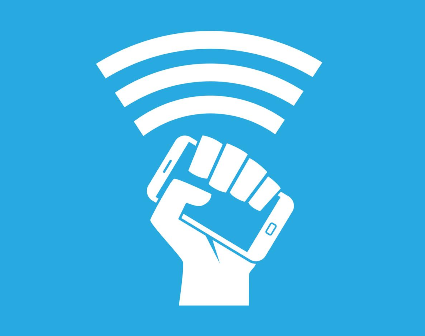Context
The landscape of information dissemination is undergoing rapid transformation globally, and India is not exempt from these sweeping changes. Traditional analyses that focus primarily on the mediums of information often fail to account for the profound psychological shifts in human behavior, driven significantly by the rise of social media. The phenomenon of instant gratification has become pervasive, fundamentally altering political narratives and possessing the potential to sway election outcomes. In India, the increasing use of social media in vernacular languages, coupled with a largely unregulated digital space and a fiercely competitive political environment, underscores the need for vigilance to manage the spread of disruptive misinformation.
The Pursuit of Virality
Recent studies, such as those published in leading scientific journals, highlight a dramatic decline in human attention spans from approximately 2.5 minutes two decades ago to just 45 seconds today. This shift is mirrored in the rising popularity of concise social media content, such as short videos under a minute and brief articles under 200 characters. The production of such content is relatively simple, focusing more on its potential to go viral rather than its substantive depth. This trend facilitates the rise of previously obscure figures to positions of influence by catering to the public’s diminishing attention spans.
Social media algorithms further exacerbate this trend by promoting content designed to go viral, often at the expense of more substantial, factual narratives. Consequently, factually unsound content can spread rapidly across the globe, outpacing efforts to provide rebuttals or corrections. This reality is not lost on political entities, who recognize the potential for this new paradigm to significantly reduce the asymmetry in social media power among various political groups.
Shifting Social Media Dynamics
In India, there has been a noticeable shift in social media dynamics over recent years. Historically, one prominent political party has been credited with having a superior and more effective social media presence, attributed largely to an early adoption and mastery of new-age media platforms. While their opponents initially relied on traditional methods such as rallies and lengthy speeches, this leading party capitalized on platforms like Facebook, Twitter, and messaging apps to gain a substantial advantage.
However, since the 2019 general election, there has been a significant investment in social media by their political rivals. Despite the leading party’s continued dominance in follower counts and engagement statistics, there is an evident churn underway. The landscape is becoming more competitive, with the opposition making strides in their digital strategies.
The Power of Viral Political Content
The influence of viral political content is a testament to how swiftly political narratives can be crafted and disseminated. A recent example involved a video by a popular vlogger, which quickly went viral and sparked widespread discussion across various forums. The video did not present new information but rather repackaged common political accusations in a format designed for virality. This approach allowed different parts of the video to be easily edited into short, digestible sections that appealed to the public’s decreasing attention spans.
The viral nature of this content led to an explosion of ‘shorts’ derived from the original video. These shorts often simplified arguments, overlooked facts, and ignored context, creating a narrative firestorm that the leading political party struggled to counteract. This phenomenon illustrates how social media algorithms and shrinking attention spans enable specific types of content to propagate organically at an astounding rate.
The Inversion of Roles
A significant shift is observable in how political narratives are propagated on social media. Traditionally, political figures would set talking points, and independent content creators would amplify them. However, this dynamic is increasingly being inverted. Independent social media influencers are now generating viral content that political parties then amplify. This strategy has been particularly evident in the opposition’s social media approach, where reliance on independent influencers to generate impactful content has become more pronounced.
The implications of this inversion are profound. The erosion of checks and balances in the media, already a concern, is likely to accelerate. The democratization of content creation, combined with algorithms designed to capitalize on shrinking attention spans, has leveled the playing field. Financial resources for social media spending are becoming less critical than the ability to produce instantly gratifying content.
Challenges in Political Analysis
This new reality complicates the analysis of political trends and outcomes. Traditional methods of analyzing political speeches and campaigns are no longer sufficient. Conventional messaging is increasingly underpinned by social media narratives that can be generated and spread instantaneously, influencing millions. This shift necessitates a new approach to understanding political dynamics, where control over social media narratives can significantly impact political success.
Conclusion
In conclusion, the popularity of concise social media content holds the potential to profoundly affect political outcomes. The ability to generate viral content that caters to shortened attention spans is reshaping the political landscape, making it imperative for political entities to adapt to these changes. The battle for attention is ongoing, and the party that masters this tumultuous environment stands to gain a significant advantage.
|
Probable Questions for UPSC Mains Exam
|
Source – The Hindu







